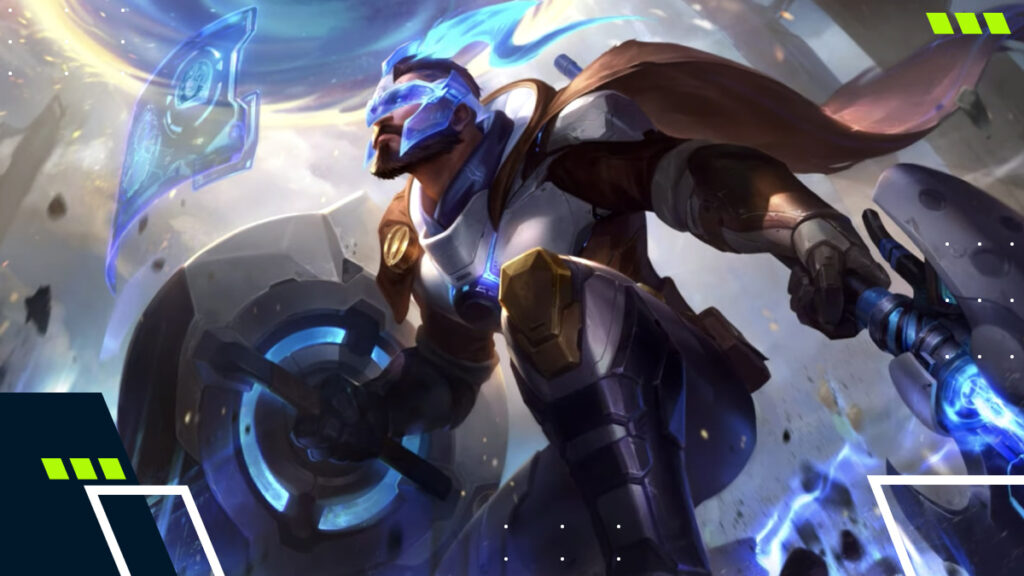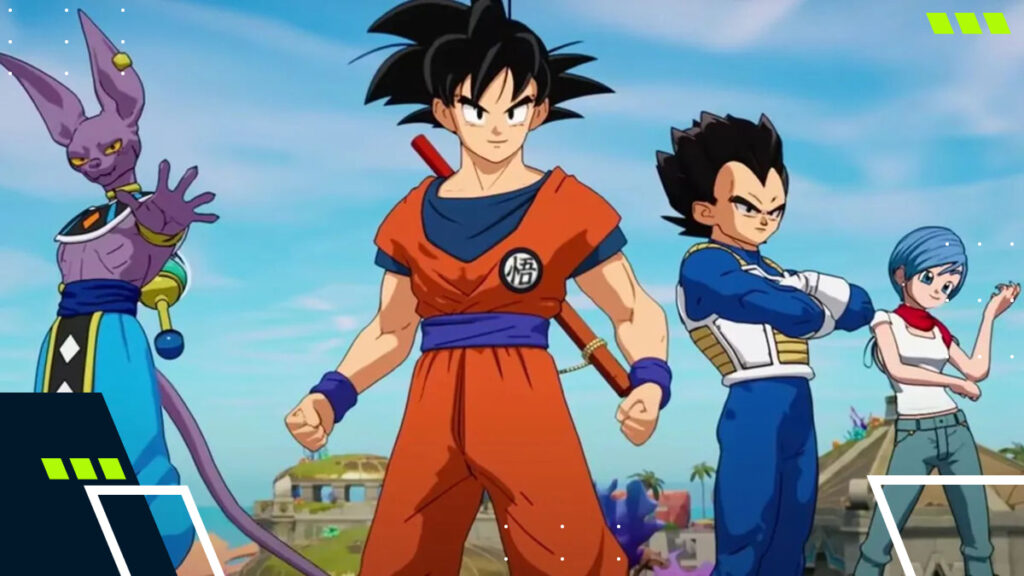What Is My MMR? How Matchmaking Rating Works In League of Legends
What is my MMR in League of Legends (LoL)? That’s the golden question at the heart of most ladder frustration. Your profile might say Gold, yet your lobbies play like Diamond and your LP swings feel random. All of these signs point to the hidden engine behind ranked matchmaking that quietly dictates your games.
This guide will explain everything about LoL MMR, including what the number represents, how it changes after results, how it influences visible progress, which tools approximate it, and which habits steadily raise your baseline across a split.

Image source: Riot Games
What Is MMR In League Of Legends? Explained
MMR (or “Matchmaking Rating”) is the hidden skill score that Riot uses to build fair matches in League of Legends. It acts as a true measure of your ability and quietly determines both the strength of your teammates and the caliber of opponents you’re placed against in ranked lobbies.
Your MMR in League of Legends takes into account your performance and adjusts itself to keep a fair ranking of you against other players. Because of this, many players confuse MMR with their visible rank—but the two aren’t the same.
LoL rank vs. MMR
In simple terms, your LoL rank is just the visible badge showing where you’ve climbed on the ladder. MMR is the actual number deciding who you face. This means two players in the same ranked division can queue into completely different tiers of opponents.
However, that hidden rating doesn’t just influence matchmaking—it also dictates how your LP (“League Points”) moves after every game.
LP vs. MMR
If your hidden rating sits above the internal threshold for your division, then each successive game you win will earn you more LP. It also means your losses are less costly. If your MMR trails behind, LP gains turn stingy and penalties spike, which explains why identical ranks can climb at very different speeds.
How Does MMR Work In LoL?
LoL MMR gain/loss is based on a simple push-pull loop. Every match result alters your hidden rating, with streaks magnifying those changes. At its core, the matchmaker’s goal is to keep games as close to 50/50 by pairing you against similarly rated players.
While Riot keeps the exact formula for LoL MMR tightly under wraps (primarily to avoid players trying to exploit or hack the system), the pattern is clear: long win streaks push you into tougher lobbies, while losing streaks soften the competition until balance is restored.

LoL Arcane Professor Heimerdinger. Image source: Riot Games
How To Check Your LoL MMR
Since there’s no client readout, checking MMR in LoL ultimately comes down to estimation and inference rather than an official number. What matters most is the overall direction, not a single snapshot.
For context, lightweight League of Legends MMR trackers like OP.GG or What Is My MMR can help. Their rank-score style metrics aren’t explicitly labeled “MMR,” but they often correlate with how far above or below your badge you’re actually playing.
LP differences are another key signal of LoL MMR gains and losses. Repeated +22 to +28 gains suggest hidden strength above the badge, while steady +10 to +14 gains indicate the opposite. The best way to approximate your LoL MMR, though, is to look at multi-game trends rather than single spikes.
LoL MMR vs. LP – What’s The Difference?
We’ve already touched on this earlier, but the cleanest framing for LoL LP vs MMR is engine vs dashboard. MMR builds the lobby and predicts outcomes, whereas LP translates that hidden assessment into visible progress through divisions.
You can run a simple MMR self-test by comparing your recent LP deltas to an external tracker’s estimate and gauging the difficulty of your lobbies over a few games. If those signals align, your MMR is likely close to your visible rank. If not, it suggests over- or under-placement, which might explain any unusual LP swings.
MMR vs. LP Gain–Loss Scenarios
| Situation | Typical Win LP | Typical Loss LP | Readout |
|---|---|---|---|
| MMR is well above the visible rank | +24 to +28 | −10 to −15 | System accelerates climb |
| MMR is roughly equal to the visible rank | +16 to +20 | −16 to −20 | Neutral, steady progress |
| MMR is below the visible rank | +10 to +14 | −20 to −26 | System correcting over-placement |
LoL MMR vs. Elo – Are They The Same?
No, not exactly. Elo refers to a transparent rating system developed by Arpad Elo for chess, which measures a player’s skill and predicts match outcomes. Riot employs a similar probability logic for its five-player MOBA, but hides the actual numbers and adjusts them based on drafts, roles, and balance changes.
So, are they the same? Not really. LoL MMR is a hidden rating system inspired by Elo, but it isn’t Elo itself. You can think of it as Riot’s own custom adaptation, used to build fair teams and shape LP gains and losses, with the numbers and mechanics kept private.
How To Raise Your MMR In LoL
Improving MMR in League of Legends comes down to developing steady habits, employing thoughtful planning, and cultivating self-awareness. Here are a few quick tips to climb the LoL ranked ladder:
- Use short blocks of 3–4 games, each with a single macro focus—whether it’s wave states into first dragon, Herald timing, or mid-to-bot rotations.
- Prioritize consistency. Stick to a primary role in LoL and have a compact pool of champions you’re good at.
- Pick meta champions within that pool, including characters with high win/ban rates and clear win conditions that reliably convert pressure into wins.
- Add coordination: duo with a player of similar rating (e.g., Jungle + Mid or ADC + Support) to align pressure without warping lobbies.
- Draft discipline pays off over a split. Secure engage or peel, avoid triple-AD into armor stacking, and respect jungle pathing for scaling comps. These are relatively small steps that will improve LoL MMR gain/loss before the loading screen.
- Track your MMR progress. A monthly MMR check, along with a glance at LP trends, provides enough feedback without overanalyzing your games. Save deeper reviews for scheduled coaching sessions.

LoL Xayah and Rakan – Broken Covenant Skins. Image source: Riot Games
FAQs
What is MMR in League of Legends?
MMR is a hidden skill rating that updates with every result and is used to build balanced matches. It sits apart from your visible rank badge in LoL.
Can I see my MMR in the client?
No. Riot doesn’t reveal your LoL MMR. You can only estimate your matchmaking rating by tracking LP gains and losses, using a third-party site, or by manually gauging the difficulty of your ranked lobbies over a few games.
Why do I gain less LP than I lose?
Because your MMR is lower than your current rank. The LoL ranked matchmaking system reduces LP gains and increases LP losses until your results catch up.
What’s the difference between Elo and MMR?
Elo is a transparent rating system with a public formula. In contrast, LoL MMR is Riot’s hidden custom adaptation, tuned for team play, roles, and constant patches.
What reliably raises MMR in LoL?
Consistency. Play in short blocks, focus on one macro fix per set, keep your champion pool and role tight, duo with a partner of similar rating, and draft sensibly.
References
- The Best LoL Builds and Tier List (OP.GG)
- League of Legends MMR Checker (WhatIsMyMMR)















